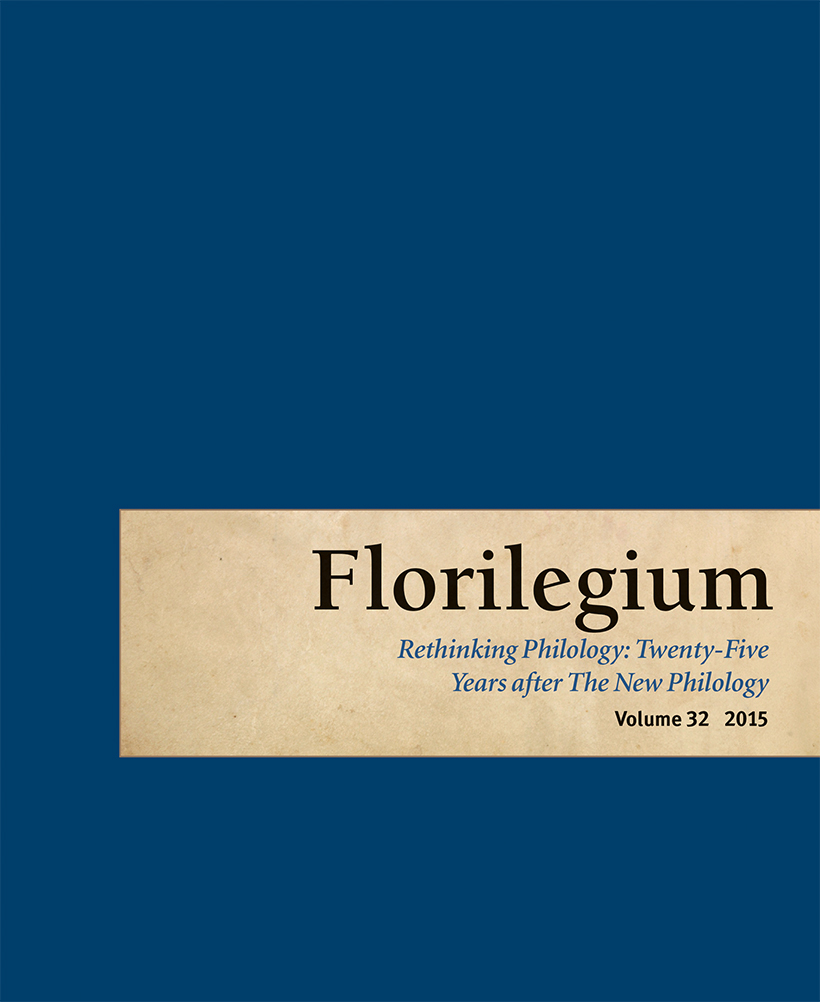Narrative Potential and the Medieval Manuscript: A New Philological Approach to the Middle High German Neidhart Songs
Abstract
For the full article, please visit Project MUSE or click here (subscribers only).
The Neidhart songs, which have come down to us in several medieval and late medieval manuscripts, were the intense focus of nineteenth- and twentieth-century philologists Moriz Haupt and Edmund Wießner, whose editions and scholarly approach still shape the way this material is viewed today. This essay intervenes in traditional Neidhart scholarship by taking a New Philological approach to the songs. By considering the Neidhart collection and its framing within the Riedegg manuscript (1280), it reveals the songs’ narrative potential that is realized both within the collection and in the codex as a whole.
Résumé
Les chansons dites de Neidhart, qui sont transmises par de nombreux manuscrits médiévaux et tardifs, ont été l’objet d’études détaillées par les philologues des XIXe et XXe siècles Moriz Haupt et Edmund Wießner. Leurs éditions et leurs approches de recherche conditionnent toujours la manière dont ces matériaux sont compris aujourd’hui. Cet article s’ajoute à la recherche traditionnelle sur Neidhart en appliquant une approche inspirée de la nouvelle philologie à l’étude des chansons. Considérant la collection dite de Neidhart et son emplacement dans le manuscrit de Riedegg (1280), il révèle le potentiel narratif des chansons qui est réalisé à la fois dans la collection et dans le codex en entier.



